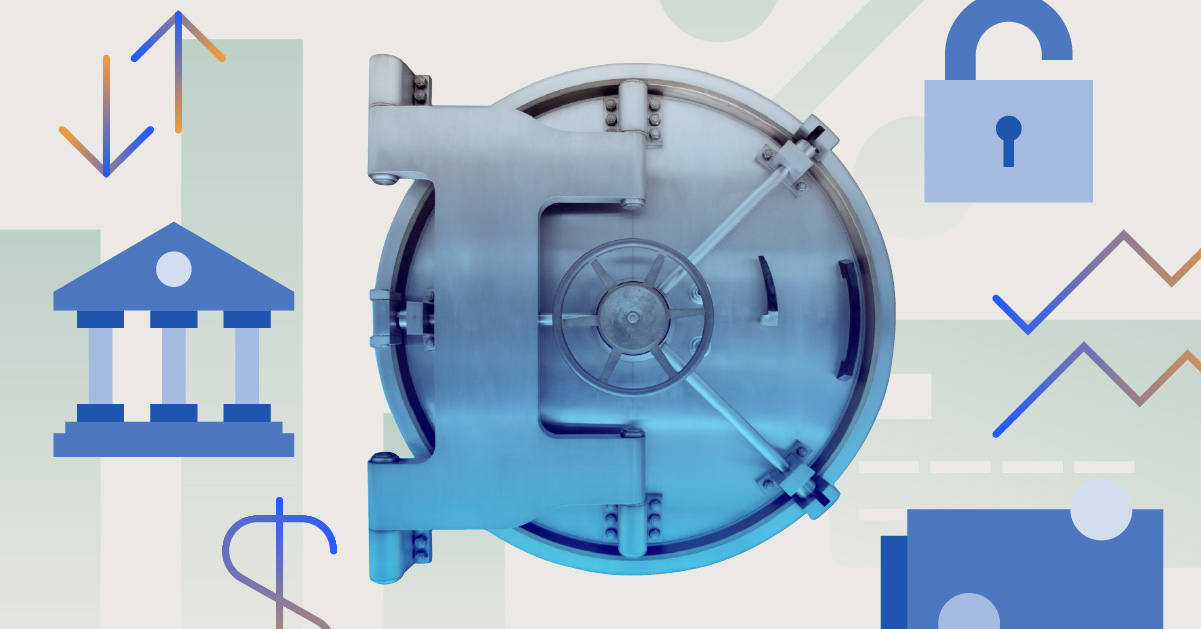When Will Mortgage Rates Go Down?
A look at Morningstar’s latest economic forecast for mortgage interest rates.

When banks are pricing a mortgage loan, they rely on a few factors: credit scores, the size of the loan compared with the appraised value of the property, and the interest rates in the economy.
After the anticipation of another hike fizzled, the Fed held steady on its interest-rate hike pause. While Fed Chair Jerome Powell has left open the possibility of another hike, we believe they’re done. What changed?
With inflation moving in a mild direction and the run-up in bond yields, Morningstar’s senior U.S. economist Preston Caldwell points out an important factor to consider: time. “Like so many other aspects, actually, I think of the Fed’s rate hikes that have occurred over the last year and a half, the impact has yet to be fully felt,” says Caldwell.
Fed Focused on Higher for Longer, But Rate Cut Talk Likely Coming
So, what does this mean for mortgage rates?
How Do Interest Rates Affect Mortgage Rates?
The Fed says its role is to maintain economic stability. And in times of high inflation, one way to do that is by raising interest rates. Although the Fed doesn’t have a direct role in setting mortgage rates, many banks adjust their prime rates based on the target level of the federal-funds rate.
One of the key reference rates for mortgages is the current 10-year Treasury rate.
“As the Treasury rates go higher, interest rates on mortgages also go up,” says Morningstar equities strategist Eric Compton. However, it’s not a 1-to-1 correlation.
Mortgages are a longer-duration asset. In other words, mortgages have a long maturity and are fixed-rate in nature. So, the 10-year Treasury is on the longer side of the duration spectrum, while on the shorter side is the federal-funds rate, which has the potential to change at each meeting. While this influences how the market interprets where other rates are, longer-term rates move independently from these short-term rates, explains Compton.
Overall, a higher-interest-rate environment typically means there will be higher mortgage rates.
Compton points out other influences, one being supply/demand dynamics.
Let’s break it down:
- Supply: Supply of credit. How much do lenders want to lend in this current environment?
- Demand: Demand for credit. How many borrowers want to take out mortgages?
- Because of the high rates, both supply and demand are feeling constricted.
Another influence: Inventory. Fewer house sales also lead to a decrease in demand for mortgages.
What Will Happen to Mortgage Rates in 2023 and 2024?
Mortgage rates are likely to stay high for the foreseeable future, Compton says. Lingering recession worries and the need for banks to build up capital levels in an environment of changing regulations have led to what is called a decreasing supply of credit.
“Banks are getting much more selective on lending across the board,” Compton says. Higher rates, lower gross domestic product growth, and lower demand for lending also play a role. Higher rates are the key factor. As long as interest rates stay high, mortgage rates will also remain high.
For weekly updates on mortgage rates, check out the Freddie Mac website.
The author or authors do not own shares in any securities mentioned in this article. Find out about Morningstar’s editorial policies.

/s3.amazonaws.com/arc-authors/morningstar/03956e27-4c76-4923-a5ab-4f03b58352a2.jpg)
/d10o6nnig0wrdw.cloudfront.net/07-08-2024/t_faa4cc76d44c4a4592915852ca96bed4_name_file_960x540_1600_v4_.jpg)
/cloudfront-us-east-1.images.arcpublishing.com/morningstar/PKH6NPHLCRBR5DT2RWCY2VOCEQ.png)
/cloudfront-us-east-1.images.arcpublishing.com/morningstar/RMBMMBAVABHL5O5JI2WDI44I3U.jpg)
:quality(80)/s3.amazonaws.com/arc-authors/morningstar/03956e27-4c76-4923-a5ab-4f03b58352a2.jpg)